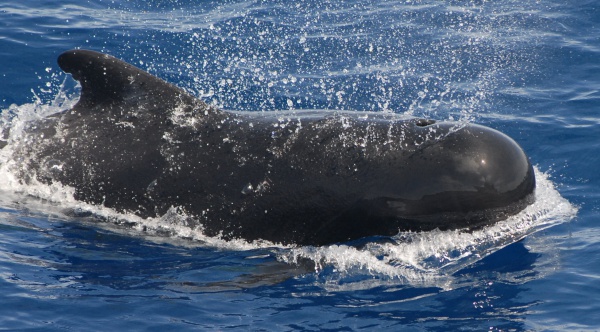Facts About Pilot whale
Pilot whales, belonging to the genus Globicephala, are divided into two species: the long-finned pilot whale and the short-finned pilot whale. Distinguishing them in the wild is challenging; the most reliable method is through skull analysis. Long-finned pilot whales inhabit colder waters, while short-finned pilot whales are found in tropical and subtropical regions. These whales are among the largest members of the dolphin family, second only to killer whales, and are sometimes referred to as blackfish. Their diet primarily consists of squid, though they also hunt fish such as cod and turbot. Notably, pilot whales are highly social creatures, forming cohesive groups known as pods. Female short-finned pilot whales are unique among cetaceans in experiencing menopause.
The long-finned pilot whale is scientifically classified as Globicephala melas, and the short-finned pilot whale as Globicephala macrorhynchus. Their taxonomic classification has evolved over the years. They share close relations with species like the melon-headed whale, pygmy killer whale, false killer whale, and Risso's dolphin. Pilot whales are renowned for their social structures, intricate vocalizations, and occasional mass strandings on beaches. Although their conservation status is not well-defined, they face modern threats including accidental capture in fishing gear and hunting.
Pilot whales are globally distributed, with each species favoring distinct climates—long-finned pilot whales in colder waters and short-finned pilot whales in warmer environments. Their behaviors in terms of foraging, socializing, reproduction, and communication are notably different. Group strandings are a significant phenomenon, with scientists proposing various theories such as navigational errors and following incapacitated pod members.
Human interactions with pilot whales are multifaceted, encompassing hunting and threats from pollution. In some areas, pilot whale meat is consumed, and historically, these whales have been kept in captivity for public exhibitions. Their intriguing lives and behaviors have been captured in various documentaries, shedding light on their complex nature.

 Brazil
Brazil